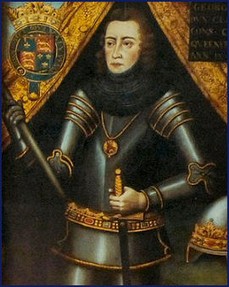 As well as the infant from the ship, George and Isabelle had three other children together. One is known for being executed at the age of 67, under the orders of Henry VIII—Margaret Pole. The second was a boy, Edward, who later became Earl of Warwick. The third was named Richard.
As well as the infant from the ship, George and Isabelle had three other children together. One is known for being executed at the age of 67, under the orders of Henry VIII—Margaret Pole. The second was a boy, Edward, who later became Earl of Warwick. The third was named Richard.
It was Richard’s birth that led to Isabelle’s death. Just two months after his birth, Isabelle died either of consumption or childbed fever. Richard died shortly after that and mother and baby were buried together.
George was certain that their deaths were due to poison. Unlike in BBC’s The White Queen, George believed a lady-in-waiting, Ankarette Twynyho was responsible for the death of his wife. She was killed in April 1477 but it was not a legal procedure. The jury used to find her guilty was bullied into this conviction, along with the conviction of John Thursby.
George’s mental state deteriorated from here and the relationship between George and Edward became strained. George asked to marry Charles, Duke of Burgundy’s daughter, Mary, but Edward refused this, fearing George would gain too much power. George started moaning and complaining about Edward and they would talk through messengers who would pass their angry notes to one another.
George was eventually arrested and executed on February 17, 1478. It could have all been avoided had George simply followed his brother’s wishes and stayed out of trouble. Their brother Richard proved the benefit of loyalty but that is another story for another day.


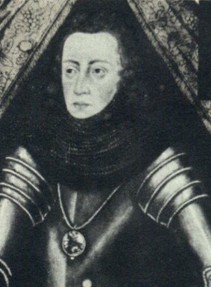 George was born in Ireland since that was where his father was serving. Through both his parents’ sides he had a claim to the throne but this was behind his older brothers, Edward and Edmund. It didn’t seem to bother George at first. It wasn’t until Richard Neville, Earl of Warwick, started working against Edward IV that George switched sides.
George was born in Ireland since that was where his father was serving. Through both his parents’ sides he had a claim to the throne but this was behind his older brothers, Edward and Edmund. It didn’t seem to bother George at first. It wasn’t until Richard Neville, Earl of Warwick, started working against Edward IV that George switched sides.


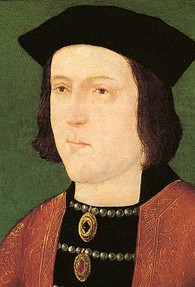 George also started to have doubts about his new sister-in-law. By July 1469, George had married Isabelle Neville—despite Edward not wanting that to happen so he could set something up that would be more politically gaining for him—and decided that they would join Richard Neville in removing Edward IV from the throne. Henry VI rewarded George’s new loyalty by placing him second in line to the throne, behind his own son, Edward of Westminster.
George also started to have doubts about his new sister-in-law. By July 1469, George had married Isabelle Neville—despite Edward not wanting that to happen so he could set something up that would be more politically gaining for him—and decided that they would join Richard Neville in removing Edward IV from the throne. Henry VI rewarded George’s new loyalty by placing him second in line to the throne, behind his own son, Edward of Westminster.


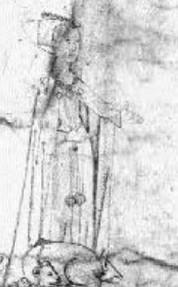 George soon realised that he shouldn’t have trusted his father-in-law. By joining his cause in France, his had lost his first child. Isabelle was heavily pregnant at the time that they sailed to France and gave birth while onboard. The baby died the next day. While the gender wasn’t confirmed, many historians believe it was a girl who they named Anne.
George soon realised that he shouldn’t have trusted his father-in-law. By joining his cause in France, his had lost his first child. Isabelle was heavily pregnant at the time that they sailed to France and gave birth while onboard. The baby died the next day. While the gender wasn’t confirmed, many historians believe it was a girl who they named Anne.

 As well as the infant from the ship, George and Isabelle had three other children together. One is known for being executed at the age of 67, under the orders of Henry VIII—Margaret Pole. The second was a boy, Edward, who later became Earl of Warwick. The third was named Richard.
As well as the infant from the ship, George and Isabelle had three other children together. One is known for being executed at the age of 67, under the orders of Henry VIII—Margaret Pole. The second was a boy, Edward, who later became Earl of Warwick. The third was named Richard.



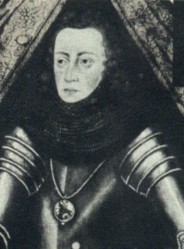

 Alternate History: What If Mary I Had a Child?on 01/26/2015
Alternate History: What If Mary I Had a Child?on 01/26/2015
 Francis II of France Dies: Mary, Queen of Scots Returns Homeon 12/05/2014
Francis II of France Dies: Mary, Queen of Scots Returns Homeon 12/05/2014
 Does Writedge Pay? Payment Proofon 12/03/2014
Does Writedge Pay? Payment Proofon 12/03/2014
 Alternate History: What If Lady Jane Grey Was Not Deposed?on 11/11/2014
Alternate History: What If Lady Jane Grey Was Not Deposed?on 11/11/2014
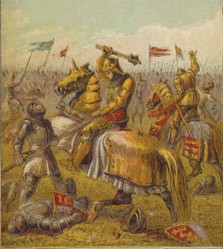
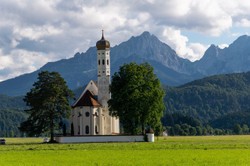
Comments